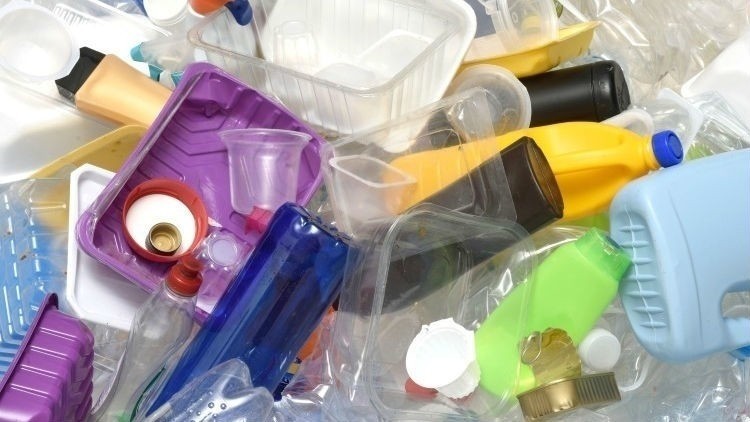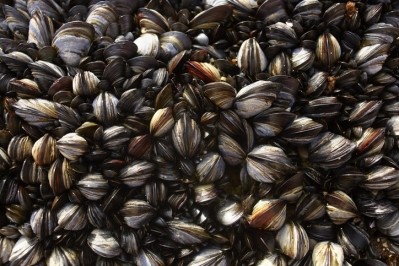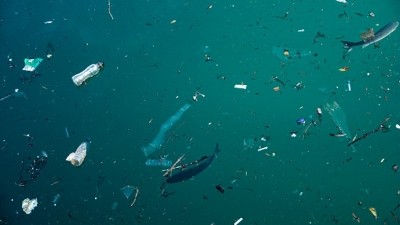Major microplastic fears: People could ingest 5,000 pieces from takeaway containers each month

The most common plastic types observed were polyamide, polyurethane and polystyrene, comprising 22.8%, 18.2%, and 8.5% of the number of particles of all microplastics, respectively.
These findings were highlighted in the study titled “Analysis of Microplastics in Takeaway Food Containers in China Using FPA-FTIR Whole Filter Analysis” published in the journal Molecules.
“Increasing takeaway food consumption has caused various sustainability issues, including environmental sustainability issues and food safety… Plastic fragments are formed into macro, micro, and nanoparticles through various physical, chemical and biodegradation processes. This issue leads to an increased and wider proliferation and accumulation of microplastics and nanoplastics in the environment.
“To date, many investigations have shown that microplastics can be released from food containers into food and pose a potential health threat due to the decomposition of polymers… However, little information is available on microplastics in takeaway food containers. There are no specific regulatory limits for particle migration from food contact materials, so their risks to human health remain unknown,” said the researchers.
Hence, the team investigated seven types of food containers widely used in China for quick food delivery and packaging such as polypropylene, polyethylene, polyethylene terephthalate and nylon. The containers, purchased from local supermarkets in Hangzhou (capital of Zhejiang province, eastern China), are usually used for food and beverages like tea, juices, water, sushi and salad.
The chemical compositions of the particles were then identified using a focal plane array (FPA)-based imaging on a spectrometer equipped with an imaging detector.
Findings
A total of 1,792 suspected particles were identified. The microplastic content was 29 to 552 items per container, except cellulose. Individual contents significantly varied with the material. The highest content was observed in PET containers.
The most common plastics observed were cellulose, polyamide, polyurethane and polystyrene, which accounted for 44.3%, 22.8%, 18.2% and 8.5% of the number of particles of all microplastics. Other microplastics were discovered, comprising PET, polypropylene, PVC and polyethylene, at 2.7%, 2.2%, 1.2% and 0.1%, respectively.
Some have identical compositions to the original containers. Therefore, these are considered microplastics that have peeled from the takeaway containers. Other microplastics, like cellulose, polyurethane and PVC, are believed to have been introduced from another source.
The differences in numbers among various containers could be associated with different material characteristics caused by different manufacturing processes. For instance, the manufacturing processes of PET and polypropylene containers involve a pressurised injection of melted masterbatch into a mould, resulting in smooth surfaces. However, polystyrene containers are formed by injecting gas into a melted polystyrene masterbatch, resulting in a relatively loose structure.
Various microplastic sizes and shapes were observed in all five types of containers. The shapes include fibres, irregular fragments and spheres. All of them exhibit the characteristics of surface roughness and edge traction.
In conclusion, people who order takeaway food five to 10 times monthly might ingest 145 to 5,520 pieces of microplastics from containers due to their abundance.
The estimation was based on an average of 3.27 plastic items per container and assumed that only one container had been used per order. These assumptions might even demonstrate an underestimation of the human intake of microplastics from these sources.
“Understanding the distribution and abundance of microplastic contamination can help us examine how microplastics migrate from food contact materials, identify which plastic items will affect contamination and take steps to set specific regulatory restrictions on food contact materials,” said the team.
Source: Molecules
DOI: 10.3390/molecules27092646
“Analysis of Microplastics in Takeaway Food Containers in China Using FPA-FTIR Whole Filter Analysis”
Authors: Zhou Xuejun et al.






















